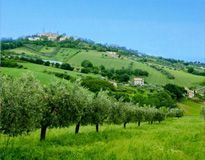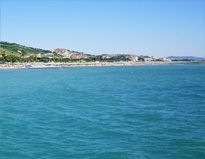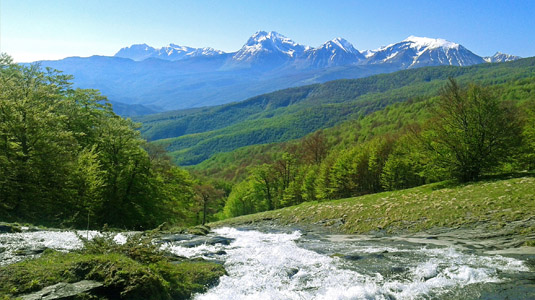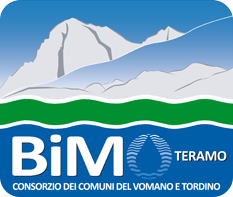To report any additions, changes and/or corrections click on "Submit a content"
It is located in the area of the ancient Castrum Novum, then Castel San Flaviano from which the current Giulianova was born in 1470. The current building dates back to the 12th century and was erected on the remains of a pre-existing place of worship.
At the beginning of the fourteenth century the building was enlarged and brought to three naves, all finalized with semicircular apses, but at the end of that same century, probably due to collapses and heavy damages, the three apses were removed and the aisles brought to two , divided by columns in brick surmounted by capitals that support round arches.
Precisely at the same time as these works, a remarkable portal was added to the church on whose pediment, immediately below the main arch, were placed 18 finely carved square stone slabs depicting variously interpretable symbols and images. In the lunette stands a sculpture depicting the sitting Madonna lovingly observing the Child Jesus in her arms, while on the capitals above the outer columns are two lions.
Over the decades the church has been restored and renovated several times: for example, during the work of 1850 to the eastern part a convent was joined by the Passionist Fathers and in this place St. Gabriel of the Sorrowful passed the night of 8 July 1859 to rest from the trip from Torre San Patrizio (AP) to Isola del Gran Sasso d'Italia (TE).
The current structure of the church is brick-faced, with a gabled roof from which stands a relatively tall bell tower that supports two overlapping bells and which replaced the old Romanesque bell tower. Internally the suggestions of the medieval system have remained unchanged even if the transfer to the side of the presbytery following the last restoration work has in a certain sense distorted the sense of the aisles.
 en
en 













